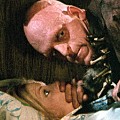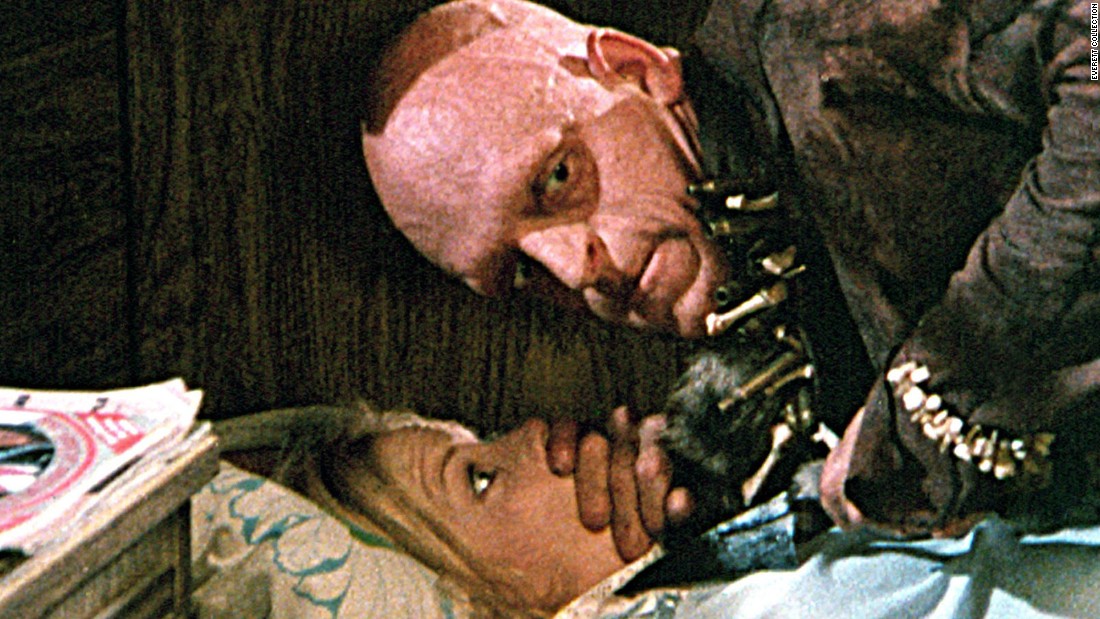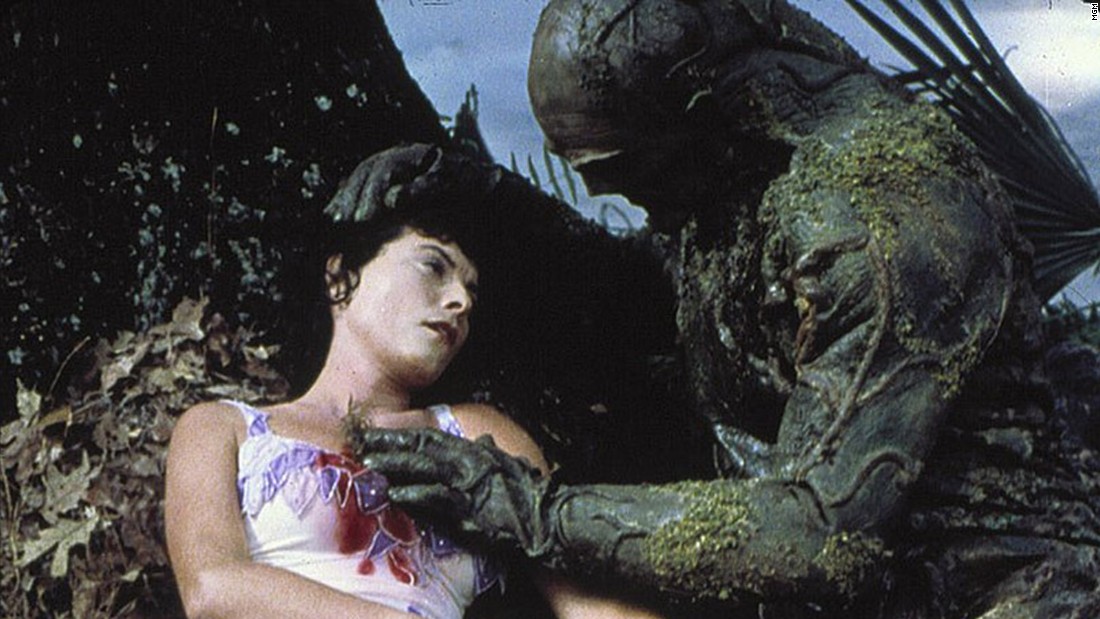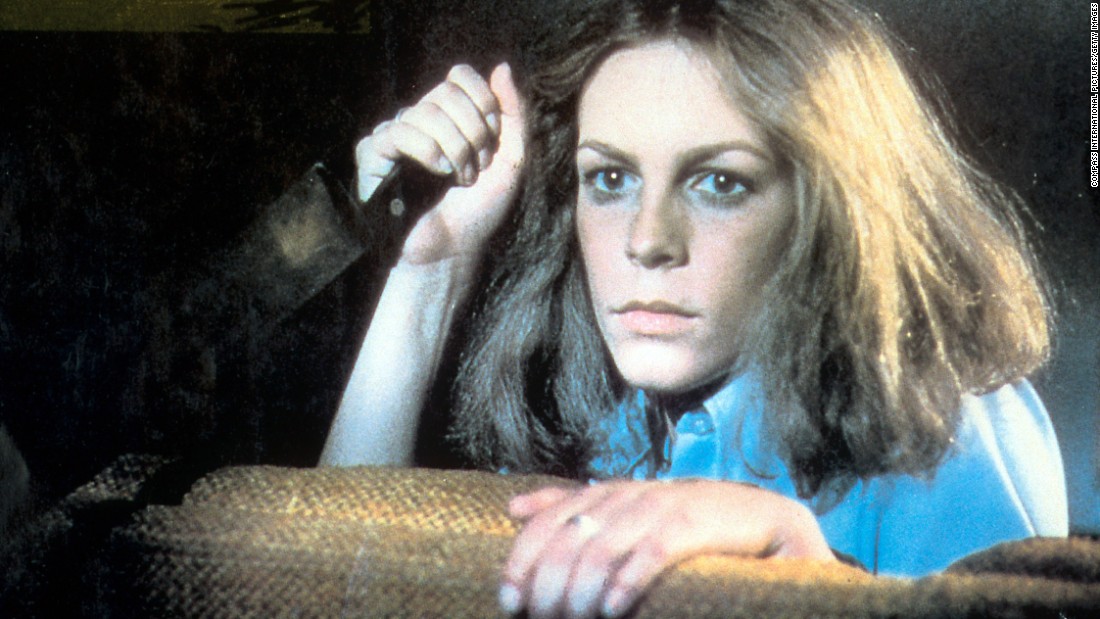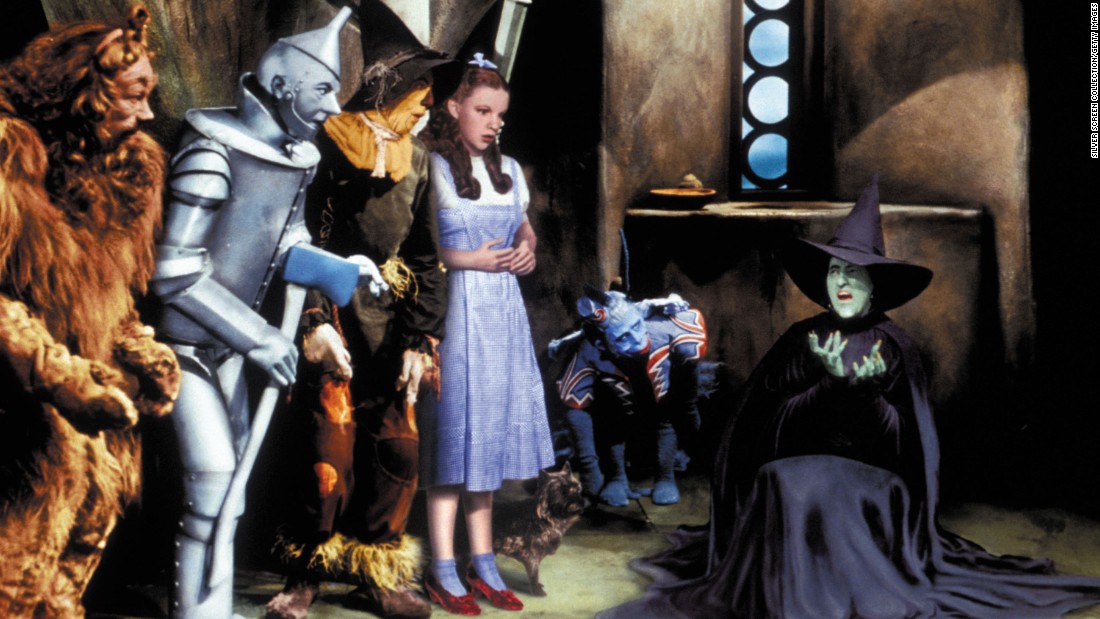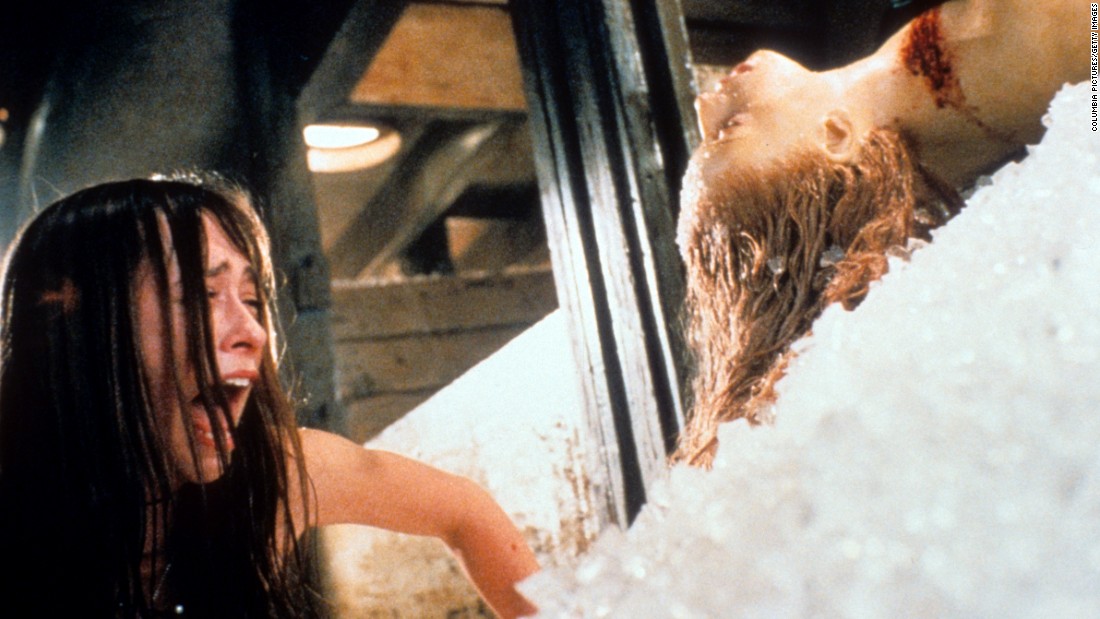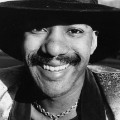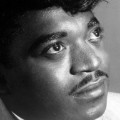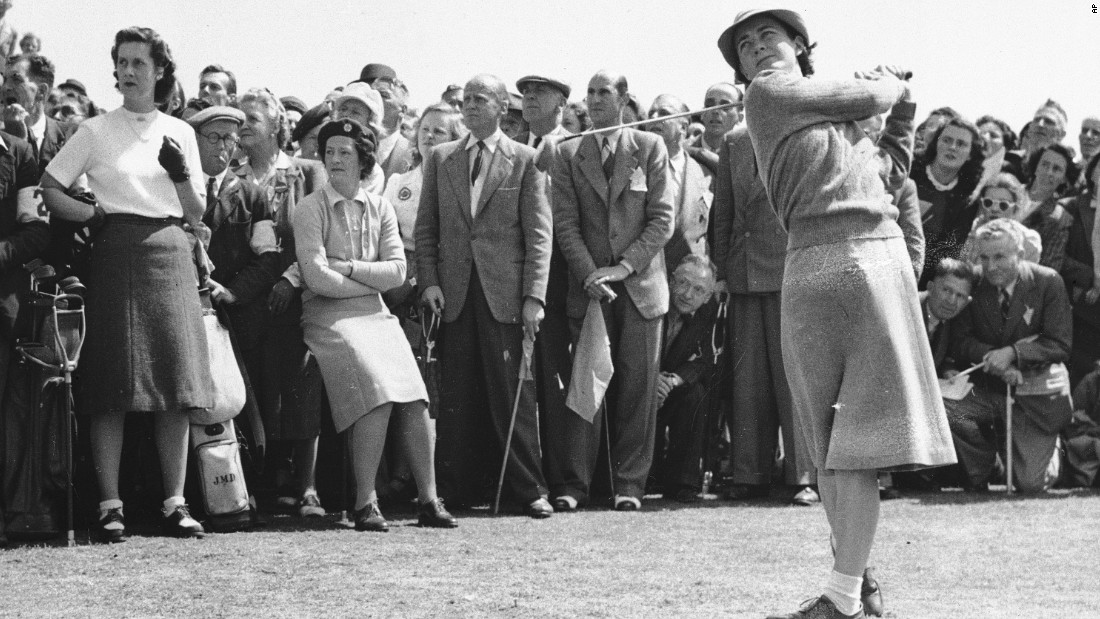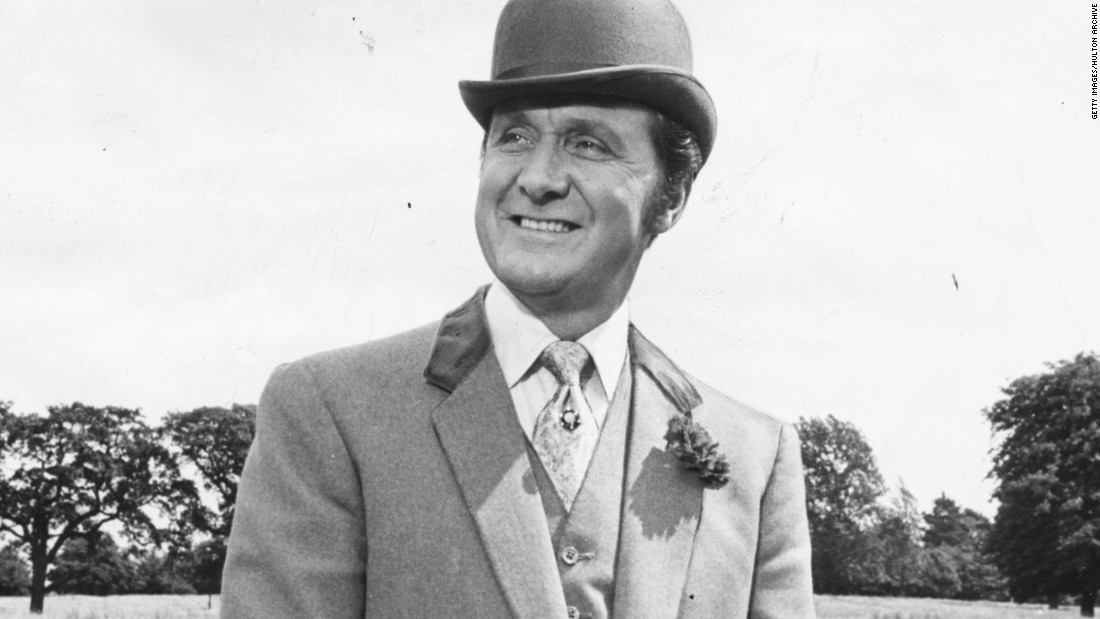Strict Standards: Only variables should be assigned by reference in /home/noahjames7/public_html/modules/mod_flexi_customcode/tmpl/default.php on line 24
Strict Standards: Non-static method modFlexiCustomCode::parsePHPviaFile() should not be called statically in /home/noahjames7/public_html/modules/mod_flexi_customcode/tmpl/default.php on line 54
Strict Standards: Only variables should be assigned by reference in /home/noahjames7/public_html/components/com_grid/GridBuilder.php on line 29
Story highlights
- Gene Seymour: Wes Craven gave up academia for horror films that taught their own complex lessons
- The late director often spoke of the thin line between humor and horror, Seymour says
- Craven helped reinvigorate the horror genre by infusing it with wit, he says
Yet what seemed to shock people really about Craven was that the man behind such squiggly-wiggly, wild-eyed gore-hound bait as "The Last House on the Left "(1972), "The Hills Have Eyes" (1977) and "A Nightmare on Elm Street" (1984) carried the kind of academic credentials that permitted him to teach college courses in the humanities.
For a while, he actually did -- at what was then Clarkson College in Potsdam, New York, having received a master's degree in philosophy from Johns Hopkins University in Maryland to go along with the bachelor's in psychology from Wheaton College in Illinois. He decided by his late 20s that the teaching life wasn't for him, and he shifted gears to making bad dreams for the masses.
And yet it's also possible to imagine that what Craven had decided was that classrooms themselves were the problem and that, just maybe, he could better impart complex lessons on life and the soul through the kind of garish, rough-hewn, B-level shockers that used to keep roadhouse theaters and drive-ins in business.
One doesn't want to press the point too hard. After all, the cautionary lessons in a "Last House" or a "Hills Have Eyes" are so obvious that you'd have to be as dim as one of those movie's more hapless victims to miss them. We not only screamed in fright but just as often in exasperation when, say, the all-American family in "Hills" don't take the many warnings and clues either to turn away from or go around the cannibal-infested caves.
The resulting brutality was so horrific that it was almost funny -- and it was supposed to be.
Craven knew his literature well enough to tell interviewers, "There really is a very thin line between humor and horror. They both are about things that make us uncomfortable."
Nobody was going to mistake the roughhousing, blunt-edged brand of Craven's horror movies for the more nuanced and eerily suggestive styles of F.W. Murnau ("Nosferatu") or David Lynch ("Eraserhead," "Blue Velvet"). His moviemaking tactics had a closer comedic analogy to Mel Brooks than to Woody Allen at the latter's most stylistically ambitious.
Yet Craven was able to instill a comparably sophisticated wit into his lucrative formulas, evident to eyes more discerning than either his most slavish fans or his more inflexible detractors. Both groups, to my mind, missed the subtler graces of Craven's 1982 adaptation of the "Swamp Thing" comic book, especially with its three stars, Adrienne Barbeau, Ray Wise and Louis Jourdan being very much in on the joke, and conspicuously appearing to enjoy their work all the more.
That humor became more conspicuous later in his career with those twin towers of shock-and-wink, the horror franchises "A Nightmare on Elm Street" and "Scream." In Freddy Kruger, played through all eight of the "Nightmare" movies beginning in 1984 by Robert Englund, Craven created a boogeyman who was frightening and yet also so cheerful about his mayhem that you were almost glad to see him again and again -- and again.
And there was 1996's "Scream," whose successful four-picture run comprised, in essence, a "meta" version of the Craven formula, with all of its characters aware of the customary traps and pitfalls laid in previous movie massacres by ghoulish sociopaths -- and yet getting massacred anyway.
By this time, Craven seemed to believe he had nothing new to add to the genre he'd helped invigorate. He directed "Music of the Heart," a 1999 mainstream drama starring Meryl Streep as a violinist seeking to teach her skills to economically deprived students in East Harlem.
The film was regarded as something of a drastic change-up for its director. But was it really? It was, after all, about a classically schooled teacher adapting her refined sensibility to give those in the lower classes a sneak peek at both heightened emotions and subtle ideas. Craven didn't write it. But one could argue that he lived it.
Join us on Facebook.com/CNNOpinion.
Read CNNOpinion's Flipboard magazine.

